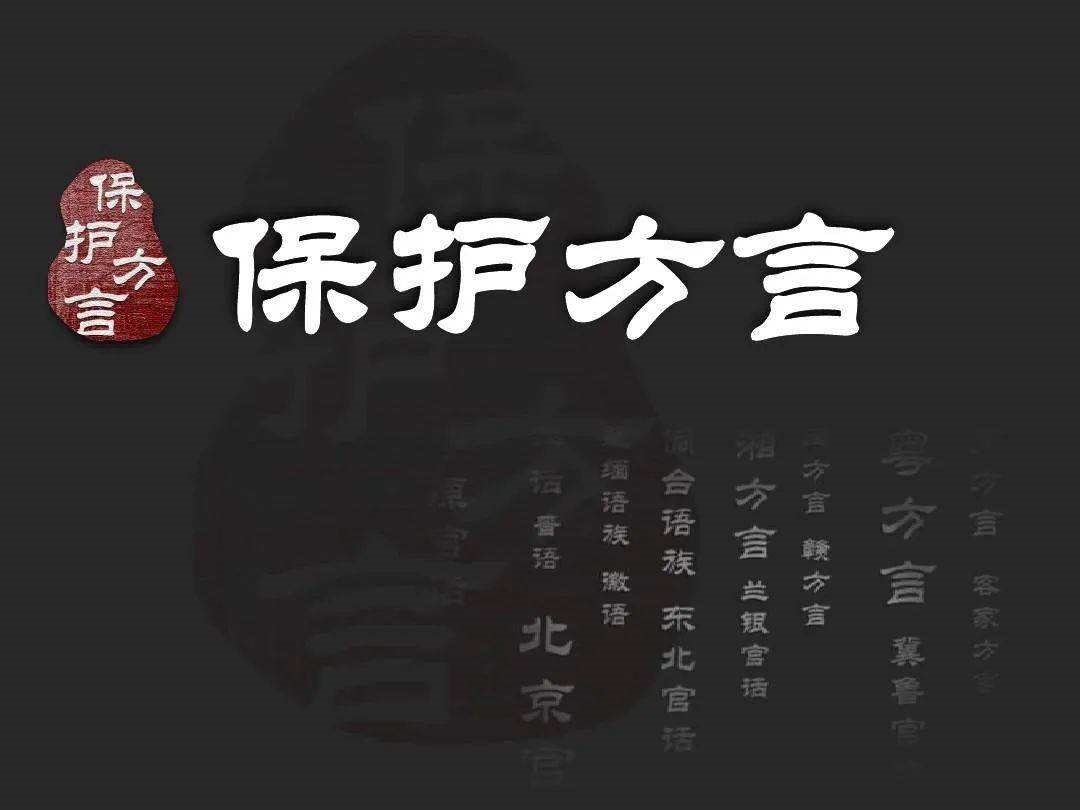Chinese Dialect – Chinese official dialect knowledge
Chinese is one of the six official languages of the United Nations. It is also the language with the largest number of native speakers in the world. In addition to China, Singapore and Malaysia are also countries that widely use Chinese. In Hong Kong, Macao and Singapore, Chinese is the official language.
Chinese dialects are usually divided into ten Dialects: Mandarin dialect, Jin dialect, Wu dialect, Min dialect, Hakka dialect, Guangdong dialect, Xiang dialect, Gan dialect, Hui dialect, Pinghua dialect and Tuhua. Several dialects and many kinds of "local languages" are distributed in each dialect area. Among them, the most used Mandarin dialects can be divided into eight sub Dialects: Northeast Mandarin, Beijing Mandarin, Hebei Shandong Mandarin, Jiaoliao Mandarin, Zhongyuan Mandarin, Lanyin Mandarin, Jianghuai Mandarin and southwest mandarin.

Since there was no unified pronunciation standard in ancient China, the pronunciation of spoken Chinese has changed all over China, some of which have changed greatly. Among non linguists who use Chinese, most people use "dialect" to refer to Chinese with different oral pronunciation. Some scholars advocate that Chinese should be regarded as a language containing a group of kinship languages.
The current situation and survival of Chinese dialects, endangered Chinese dialects and the diversity of languages and dialects have attracted more and more attention from academia and the public. As an important part of "language resources", Chinese dialects are China's valuable intangible cultural heritage. In Shanghai, Beijing, Guangdong and other places, the debate between Putonghua and local dialects has attracted extensive attention, and rescuing endangered dialects has once again become a hot topic.
Mandarin dialect is the mother tongue dialect used in Northeast China, North China, Northwest China, Southwest China, most of Jiangsu, central and Northern Anhui, part of Hubei, Sichuan, Chongqing, Yunnan, Guizhou and Northern Hunan. Chinese Mandarin dialects are divided into eight sub Dialects: Beijing Mandarin, northeast Mandarin, Hebei Shandong Mandarin, Jiaoliao Mandarin, Zhongyuan Mandarin, Lanyin Mandarin, Jianghuai Mandarin and southwest mandarin. Beijing Mandarin is distributed in the east of the north, represented by Beijing dialect, Lanyin Mandarin in the west of the north, Lanzhou dialect in the west, Southwest Mandarin in the west of the south, Sichuan dialect in the west, Jianghuai Mandarin in the Jianghuai River and along the lower reaches of the Yangtze River, and Nanjing dialect and Yangzhou dialect in the West. In the period of ancient Chinese phonetics differentiation in the Central Plains, it became Yiguan after the ancient Chinese phonetics differentiation. The modern "Mandarin dialect" was mainly formed in the Song Dynasty. After the formation of Mandarin, Mandarin has developed in the South and North, and has been divided into Southern Mandarin and Northern Mandarin. The official language of China in the future is the basis of modern standard Chinese (mainland is called Mandarin, and China's Taiwan area is called Mandarin). People who use this dialect account for 70% of China's population.
The obvious features of Mandarin include: in addition to Jianghuai Mandarin, a small number of Southwest Mandarin retain the entering voice reading [-?] In addition, most Mandarin dialects have lost all the middle ancient entering tones. In middle ancient Chinese, "P, - t, - K, - m, - N, - ng" has only "- N, - ng", but there are a large number of Erhua "- R" endings. The initial consonants of "g, K, H", which originally connected the vowels of "I, ü", have been converted into initial consonants of "J, Q, X" by jaw sound. In the process of losing the opposition between clear and turbid, Mandarin did not undergo violent tone differentiation, but there was a soft voice in the middle ancient times. Therefore, Mandarin dialect contains a large number of homonyms and corresponding compound words. The above phenomenon is relatively rare in other dialects.